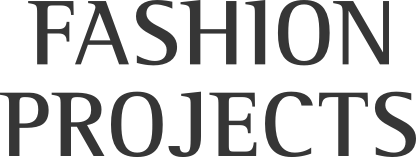Fashion Conferences
/David Fenton, Chicano Moratorium, Los Angeles, February 28, 1970 (currently on view at Steven Kasher Gallery)
Here is some information on fashion conferences, one of which is currently accepting papers for consideration. Focusing on fashion in the American West up to modern times, "Costume in the American West" encompasses topics as diverse as counterculture fashion, costume and fashion in film and televison, as well as more historical topics on the developing of dress practices which came to be associated with the "Wilde West." Below is the call for paper:
"Costume in the American West: Historic to Modern Times;" September 25-26,2009; Sacramento, California
"The Western Region Symposium offers an opportunity for members of the Costume Society of America to present research on a variety of topics related to the theme “Costume in the American West: Historic to Modern Times.” Some possible topics for papers are: modern and historical fashion designers; dressmakers and milliners; art-to-wear; entertainment from Buffalo Bill and Wild West Shows to opera, dance, theater, film and television; counter cultures; costume in Western American literature; Native American and First Nations cultures; the design process; sports and leisure; manufacturing/manufacturers, gay culture, show girls and beyond!"
Taking place more immenetly, on Saturday November 29th at the ModeMuseum in Antwerp, is MoMu's annual symposium, which this year is on the topic of Male Elegance. Among the speakers is Cristopher Breward, research director of the V&A which will discuss "Dirk Bogarde: From Doctor to Decadent," and fashion and film historian Stella Bruzzi, who will be speaking on "the Dangerous Charms of Alain Delon."
Here is a full programme











